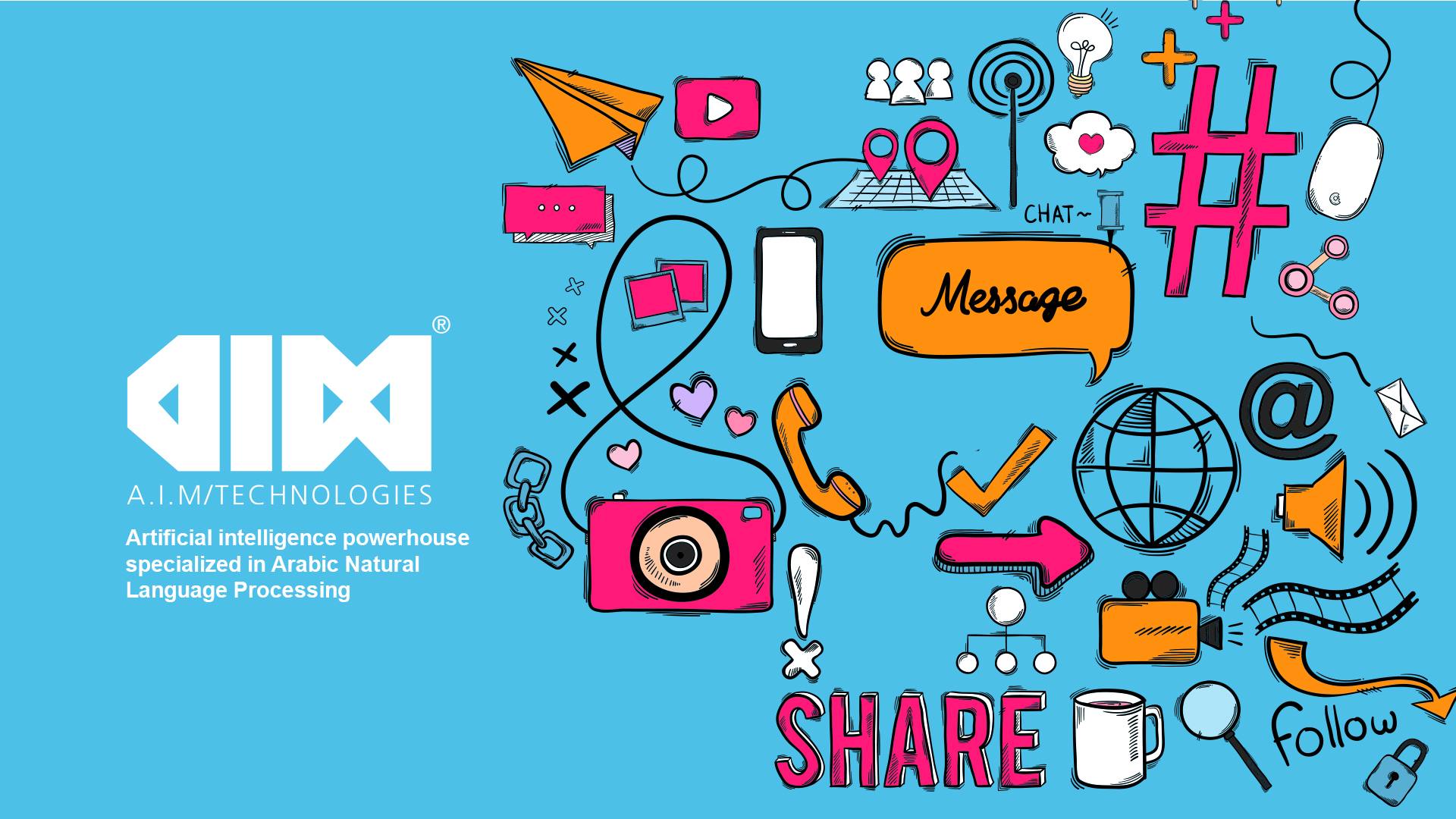Market research is an essential process for businesses to gather valuable insights about their target market, customer preferences, and industry trends. One of the most effective tools in conducting market research is a well-designed market research questionnaire. This article will explore the key components of a market research questionnaire and guide you in creating an effective questionnaire for your research needs.
Importance of Market Research Questionnaire

Market research questionnaires play a vital role in gathering data from a target audience. They provide a structured framework to collect information and opinions, helping businesses make informed decisions. By utilizing questionnaires, companies can uncover valuable insights into customer behavior, product preferences, market trends, and competitive analysis.
A well-designed market research questionnaire allows businesses to:
- Identify target market characteristics: Questionnaires enable businesses to define and segment their target market accurately. By asking demographic questions, such as age, gender, occupation, and location, companies can gain a better understanding of their potential customers.
- Gather customer feedback: Feedback from customers is invaluable for improving products, services, and overall customer satisfaction. Well-crafted questionnaires allow businesses to gather feedback on various aspects, such as product features, pricing, customer service, and brand perception.
- Understand market trends: Questionnaires can help businesses stay up-to-date with the latest market trends and industry insights. By including questions related to market preferences, emerging technologies, and consumer behavior, companies can adapt their strategies accordingly.
Key Components of a Market Research Questionnaire
Creating an effective market research questionnaire involves careful consideration of various components. Let’s explore these components in detail.
Choosing the Right Questions
- The questions included in a market research questionnaire are the backbone of the data collection process. It’s essential to select the right types of questions to gather accurate and relevant information.
Open-Ended Questions
- Open-ended questions enable respondents to offer detailed and personalized responses. These questions provide qualitative data, uncovering insights that may not have been anticipated. Examples of open-ended questions include:
- What are the primary challenges you face when using our product?
- Describe your ideal shopping experience.
Close-ended Questions
- Close-ended questions provide predetermined answer options, making them easier to analyze quantitatively. They are useful for collecting specific data and measuring opinions on a scale. Examples of close-ended questions include:
- Rate your satisfaction with our customer service on a scale of 1 to 5.
- Which products have you purchased in the past six months? (Please select all that apply)
Structuring the Questionnaire
Proper structuring of the questionnaire ensures clarity, engagement, and a logical flow of questions. A well-structured questionnaire consists of the following sections:
- Introduction and Instructions: Begin the questionnaire with a concise introduction that explains the purpose and importance of the research. Clear instructions on how to answer the questions should also be provided to ensure consistency.
- Demographic Questions: Demographic questions help categorize respondents and provide valuable context for analysis. These questions typically include age, gender, location, occupation, and other relevant factors.
- Core Questions: The core questions focus on the main objectives of the research. They should be well-thought-out and directly related to the information required. Arrange the core questions in a logical sequence to maintain the respondent’s interest.
- Optional Questions: Optional questions provide additional insights that may be beneficial but are not essential for the primary research objectives. These questions can include topics like lifestyle choices, media preferences, or brand loyalty.
Designing the Questionnaire
The design of a market research questionnaire significantly impacts the response rate and data quality. Consider the following design elements:
- Layout and Formatting: Use a clean and organized layout to enhance readability. Avoid clutter and use consistent formatting for question styles, such as font size, color, and alignment.
- Visual Elements: Incorporate visual elements, such as charts, graphs, or product images, to make the questionnaire visually appealing and engaging. Visual aids can help respondents better understand the questions and provide more accurate responses.
- Logical Flow: Ensure a logical flow of questions that leads respondents from general to specific topics. Start with easy and non-sensitive questions to build respondent confidence and gradually move towards more complex or personal questions.
Pilot Testing the Questionnaire
Before administering the questionnaire to the target audience, pilot testing is crucial to identify and rectify any issues or inconsistencies. Follow these steps for effective pilot testing:
- Sample Selection: Select a representative sample from the target audience to test the questionnaire. This sample should closely resemble the characteristics of the intended respondents.
- Gathering Feedback: Collect feedback from the pilot test participants regarding question clarity, relevance, and overall user experience. Encourage participants to provide suggestions for improvements.
- Making Revisions: Analyze the pilot test feedback and make necessary revisions to the questionnaire. Ensure clarity, eliminate ambiguous questions, and refine the overall structure based on the feedback received.
Administering the Market Research Questionnaire
Once the questionnaire is finalized, it’s time to administer it to the target audience. There are various methods for administering market research questionnaires:
Online Surveys
Online surveys have gained popularity due to their convenience and wide reach. Consider the following methods for conducting online surveys:
- Email Invitations: Send personalized email invitations to a targeted list of respondents. Clearly explain the purpose of the survey and provide an incentive, such as a discount or entry into a prize draw, to encourage participation.
- Social Media Platforms: Leverage social media platforms to reach a broader audience. Share the survey link across relevant social media channels and engage with respondents through comments and direct messages.
- Website Embedding: Embed the survey on your website to capture feedback from visitors. Strategically place the survey on relevant pages or use pop-up or slide-in formats to increase visibility.
In-Person Interviews
In-person interviews allow for direct interaction with respondents and deeper insights. There are two main types of in-person interviews:
- Structured Interviews: Conduct structured interviews using a standardized questionnaire. This ensures consistency across interviews and facilitates easier data analysis.
- Unstructured Interviews: Unstructured interviews provide flexibility in exploring topics in-depth. While they may yield rich qualitative data, it’s important to carefully record and analyze the responses for meaningful insights.
Phone Interviews
Phone interviews are a cost-effective method of data collection. Consider the following approaches for phone interviews:
- Cold Calling: Contact potential respondents randomly and introduce the survey. Seek their participation and ensure the interview is conducted professionally and engagingly.
- Warm Calling: Reach out to pre-selected individuals who have expressed interest in participating in the survey. Warm calling allows for a more personalized approach and higher response rates.
Analyzing and Interpreting the Data

After data collection, thorough analysis and interpretation are essential to derive meaningful insights. Follow these steps for effective data analysis:
- Data Cleaning and Organization: Clean the collected data by removing duplicate, incomplete, or inconsistent responses. Organize the data in a structured format for easier analysis.
- Quantitative Analysis: Analyze quantitative data by using statistical techniques, such as charts, graphs, or averages. Identify patterns, correlations, and trends in the data to draw meaningful conclusions.
- Qualitative Analysis: Analyze qualitative data by categorizing responses, identifying recurring themes, and extracting key insights. Use qualitative analysis techniques, such as content analysis or thematic coding, to derive valuable conclusions.
Using Aim Research Tool for Marketing Research Questionnaires

In today’s digital age, businesses have access to powerful tools and technologies that can streamline their market research efforts. One such tool that has gained popularity is Aim Research Tool. This advanced market research platform offers a range of features and functionalities that can significantly enhance the effectiveness of market research questionnaires. Let’s explore how Aim Research Tool can help businesses in their market research endeavors.
1. Streamlined Questionnaire Creation
- Aim Research Tool provides a user-friendly interface that simplifies the process of creating market research questionnaires. It offers a wide range of question types, including multiple-choice, rating scales, and open-ended questions, allowing businesses to collect both quantitative and qualitative data. The tool also provides customizable templates and pre-designed themes, making it easy to create visually appealing and engaging questionnaires.
2. Seamless Survey Administration
- With Aim Research Tool, businesses have multiple options for administering their market research questionnaires. The tool supports online surveys, allowing companies to distribute questionnaires via email invitations, social media platforms, or embedded links on their websites. Additionally, the tool offers features for conducting in-person interviews or phone interviews, providing flexibility in data collection methods. These options ensure businesses can reach their target audience effectively and maximize response rates.
3. Real-time Data Collection and Analysis
- Aim Research Tool enables businesses to collect data in real time as respondents complete the questionnaires. This feature allows for quick data aggregation and analysis, eliminating the need for manual data entry and reducing the turnaround time for insights. The tool provides comprehensive reporting and visualization capabilities, including charts, graphs, and cross-tabulations, empowering businesses to interpret the data efficiently and derive meaningful conclusions.
4. Advanced-Data Security and Privacy
- Market research often involves collecting sensitive information from respondents. Aim Research Tool prioritizes data security and privacy, implementing robust encryption protocols, and ensuring compliance with data protection regulations. The tool offers features such as password protection, respondent anonymity, and secure data storage, providing businesses and respondents with peace of mind regarding the confidentiality of their information.
5. Customization and Flexibility
- Aim Research Tool understands that every market research project is unique. Therefore, it offers customization options to align with specific research objectives. Businesses can tailor the tool to their branding requirements, incorporate custom survey logic, and apply skip patterns to create a personalized and tailored survey experience for respondents. This flexibility ensures that businesses can gather the precise information they need to make informed decisions.
6. Support and Training
- Aim Research Tool provides comprehensive customer support and training resources to assist businesses throughout their market research journey. Whether it’s technical assistance, best practices guidance, or troubleshooting, businesses can rely on the tool’s dedicated support team to address any queries or challenges they may encounter.
Lastly, Aim Research Tool is a valuable asset for businesses conducting market research questionnaires. From streamlined questionnaire creation and seamless survey administration to real-time data collection and analysis, advanced data security, and customization options, the tool empowers businesses to gather accurate and actionable insights. By leveraging Aim Research Tool, businesses can make informed decisions, optimize their strategies, and stay ahead in today’s dynamic marketplace.
Conclusion
In conclusion, a well-designed market research questionnaire is an invaluable tool for gathering insights and making informed business decisions. By carefully selecting questions, structuring the questionnaire, designing it effectively, pilot testing it, and administering it through various channels, businesses can collect data that helps them understand their target market, improve products and services, and stay ahead of market trends.
To experience the power of effective market research firsthand, we invite you to request a demo from Aim Technologies. Our advanced market research tool provides comprehensive tools for creating, administering, and analyzing market research questionnaires. Discover how Aim Technologies can help you unlock valuable insights and drive your business growth.
FAQs
1. How many questions should a market research questionnaire have?
- The number of questions in a market research questionnaire depends on the research objectives and the respondents’ willingness to participate. However, it’s generally recommended to keep the questionnaire concise and avoid overwhelming respondents. A questionnaire with 10-20 well-crafted questions can often yield meaningful insights.
2. What is the ideal length of a market research questionnaire?
- The ideal length of a market research questionnaire depends on the complexity of the research objectives and the target audience’s attention span. As a general guideline, aim for a questionnaire that can be completed within 5-10 minutes. Lengthy questionnaires may result in lower response rates and fatigue among respondents.
3. How can I ensure my questionnaire is unbiased?
- To ensure questionnaire bias is minimized, it’s important to avoid leading or loaded questions that may influence respondents’ answers. Use clear and neutral language, offer balanced response options, and consider diverse perspectives. Pilot testing the questionnaire with a representative sample can help identify and rectify any potential biases.
4. Can I use pre-existing questionnaires for market research?
- While pre-existing questionnaires can serve as a helpful reference, it’s crucial to tailor them to suit your specific research objectives and target audience. Simply copying a pre-existing questionnaire without customization may not capture the specific insights you seek. Customize the questions and structure based on your unique requirements.
5. What are some common mistakes to avoid when creating a questionnaire?
- When creating a questionnaire, avoid using jargon or technical terms that may confuse respondents. Be cautious of double-barreled questions that combine multiple ideas, leading to unclear responses. Additionally, ensure the questionnaire is visually appealing, with a logical flow of questions and clear instructions for respondents to follow.




